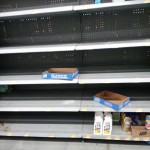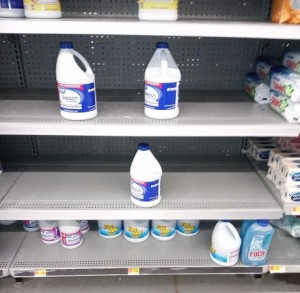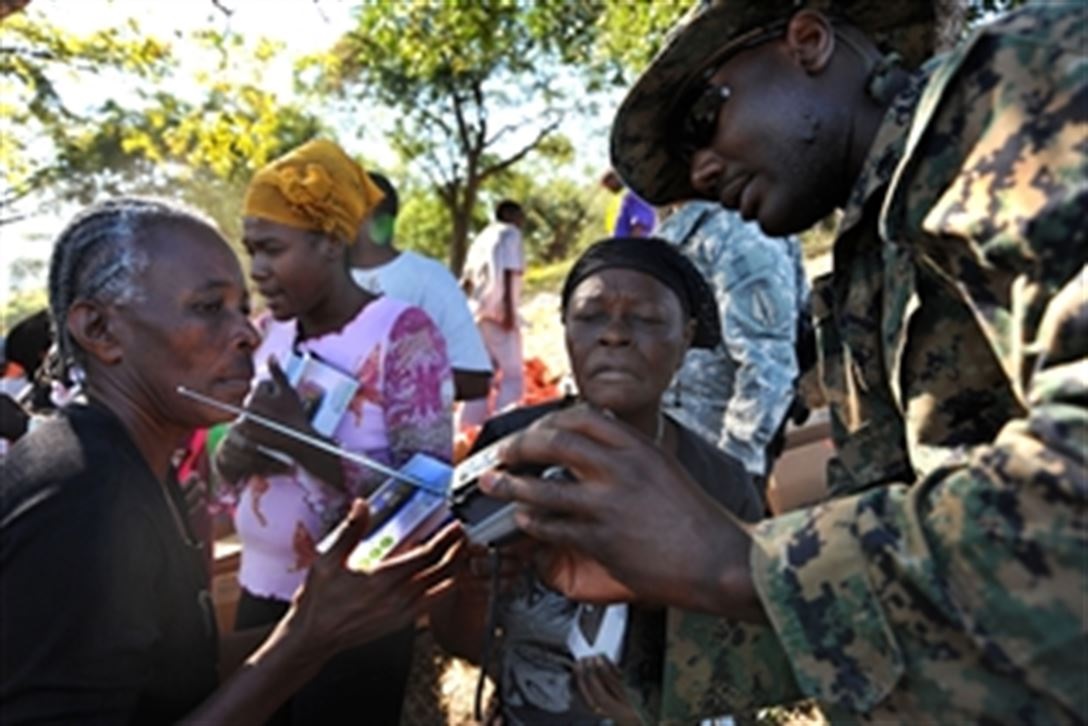 Click here for homemade electrolyte solution information.
Click here for homemade electrolyte solution information.
As the coronavirus continues to make the news, we’ll be offering some posts with advice for preparing. As with any potential emergency, there are common-sense preparations that one can make, such as making sure that your family has an adequate supply of food and other items, in case supplies are interrupted or you are unable to leave your home.
Note: Please keep in mind that I’m not a doctor. I’m a lawyer. Just as you wouldn’t take legal advice from a doctor, you probably shouldn’t take medical advice from a lawyer. So please do your due diligence, and take medicine only upon medical advice. But you can’t take medicine if it’s not available. My main focus is giving advice to make sure you have medicine available in the first place.
Basic Preparations: Food and Medicine

For pandemic preparedness, the Department of Homeland Security’s ready.gov website recommends that you store a two week supply of water and food. (You can find food storage pointers at many earlier posts, many of which are linked here.) The site also stresses that you should make sure you have a continuous supply of any prescription drugs you are taking. This seems especially critical in the case of the corona virus. According to news reports, about 90% of the active ingredients used by U.S. drug manufacturers originate in China. It seems quite possible that supply chains will be disrupted. If you take any prescription medications, it’s best to get refills as soon as possible, so that you always have a supply on hand. If the pharmacy can’t fill your prescription, it won’t be an emergency if you have a month’s supply at home. But if the pharmacy can’t get your medicine, and you just took the last pill, this could turn into a serious emergency.
Unfortunately, some insurers won’t pay for the refill until you’ve almost run out. If that’s the case, you might consider simply paying cash for an extra refill. But whatever you do, don’t just walk into the pharmacy and say that you’ll be paying cash. That could be a mistake that costs you hundreds of dollars. In this post and this post, I have suggestions that will dramatically reduce the cost of your prescription. You’ll save so much that you’ll be angry that the pharmacy was willing to charge so much in the first place. In fact, in some cases, you might wind up paying a cash price that is less than your insurance co-pay.
Ready.gov also recommends making sure you have adequate supplies of nonprescription drugs and other health supplies, “including pain relievers, stomach remedies, cough and cold medicines, fluids with electrolytes, and vitamins.”
Oral Rehydration Solutions

 By “fluids with electrolytes,” they mean oral rehydration solutions, the most familiar brand name of which being Pedialyte. If you are dehydrated by a condition such as diarrhea, this could be a lifesaving item to have on hand.
By “fluids with electrolytes,” they mean oral rehydration solutions, the most familiar brand name of which being Pedialyte. If you are dehydrated by a condition such as diarrhea, this could be a lifesaving item to have on hand.
Unfortunately, this could be expensive to stock up in advance. However, with some foresight, you can do this economically. The simplest way to plan for possible dehydration is to stock up is to buy some Pedialyte or generic equivalent. It’s probably less expensive to buy it in powdered form. One replacement, albeit probably not as good medically, is a sport drink such as Gatorade. It is available ready to drink, or as a powder. (I have noticed that Dollar Tree sells small containers of a generic equivalent of Pedialyte, and at $1, these are quite economical for stocking up.)

Preparing to Make Homemade Rehydration Solution
As a last resort, you can make an oral rehydration solution at home. There are a number of recipes available, including from reputable sources such as the World Health Organization.
In most cases, you can make an acceptable oral rehydration solution with items that you normally have at home, such as sugar, table salt, and sodium bicarbonate (baking soda). If this is all you have, then this is certainly better than nothing. Many recipes, however, also call for potassium chloride. For example, this recipe from physician Dr. Kara Fitzgerald, adapted from the WHO formula. includes potassium chloride. This is probably something you don’t have in your kitchen. However, the good news is that it’s readily obtainable prior to the disaster, and you can get enough to last a lifetime for just a few dollars. You can buy it at the grocery store in the form of “Morton Lite Salt.” This product is half regular salt (sodium chloride) and half potassium chloride. Since sodium chloride is also part of the recipe, this can be used. Dr. Fitzgerald, gives the following recipe, to be added to four cups of water: 1/4 tsp. table salt, 3/4 tsp. baking soda, and 1/4 tsp. Morton Lite salt. For flavoring, you can add some Crystal Light or Sugar Free Kool-Aid.
Another alternative is Morton Salt Substitute, which is 100% potassium chloride. If your recipe calls for 1/2 teaspoon of salt and 1/2 teaspoon of potassium chloride, then you would use a full teaspoon of Morton Light Salt. On the other hand, you could also use a half teaspoon of regular salt and a half teaspoon of Morton Salt Substitute. The only difference is that the Morton Salt Substitute appears to be slightly more expensive.

 Since the Lite Salt is so cheap (it’s probably about $2 at your supermarket), it seems to me that it’s cheap insurance. Since the only reason we would ever use it is for an emergency rehydration solution, I wrote the recipe and taped it to the container. We always have the other ingredients on hand, and it’s good to know that we have a method to produce a lifesaving medicine, if the need ever arises.
Since the Lite Salt is so cheap (it’s probably about $2 at your supermarket), it seems to me that it’s cheap insurance. Since the only reason we would ever use it is for an emergency rehydration solution, I wrote the recipe and taped it to the container. We always have the other ingredients on hand, and it’s good to know that we have a method to produce a lifesaving medicine, if the need ever arises.
Some links on this page are affiliate links, meaning that this site earns a small commission if you make a purchase after following the link.
 As the coronavirus continues to spread, we will occasionally be posting hints to help your family prepare. We recommend that you continue to follow official advice, such as that provided by the CDC. Click here to keep yourself informed.
As the coronavirus continues to spread, we will occasionally be posting hints to help your family prepare. We recommend that you continue to follow official advice, such as that provided by the CDC. Click here to keep yourself informed.























